The functions of adult stem cells and tumor suppressor genes are known to intersect. However, when and how tumor suppressors function in the lineages produced by adult stem cells is unknown. With a large population of stem cells that can be manipulated and studied in vivo, the freshwater planarian is an ideal system with which to investigate these questions. Here, we focus on the tumor suppressor p53, homologs of which have no known role in stem cell biology in any invertebrate examined thus far. Planaria have a single p53 family member, Smed-p53, which is predominantly expressed in newly made stem cell progeny. When Smed-p53 is targeted by RNAi, the stem cell population increases at the expense of progeny, resulting in hyper-proliferation. However, ultimately the stem cell population fails to self-renew. Our results suggest that prior to the vertebrates, an ancestral p53-like molecule already had functions in stem cell proliferation control and self-renewal.
2009
A Planarian p53 Homolog Regulates Proliferation and Self-Renewal in Adult Stem Cell Lineages
Our work on Hh signaling function in planarians has been published in Science.
Planarian Hh signaling regulates regeneration polarity and links Hh pathway evolution to cilia
The Hedgehog (Hh) signaling pathway plays multiple essential roles during metazoan development, homeostasis, and disease. Although core protein components are highly conserved, the variations in Hh signal transduction mechanisms exhibited by existing model systems (Drosophila, fish, and mammals) are difficult to understand. We characterize the Hh pathway in planarians. Hh signaling is essential for establishing the Anterior/Posterior axis during regeneration by modulating wnt expression. Moreover, RNAi methods to reduce signal transduction proteins Cos2/Kif27/Kif7, Fused, or Iguana do not result in detectable Hh signaling defects; however, these proteins are essential for planarian ciliogenesis. Our study expands the understanding of Hh signaling in the animal kingdom and suggests an ancestral mechanistic link between Hh signaling and the function of cilia.


